Politics. War. Petty squabbles over land, weapons, and resources. This is the reality of our world, and every era feels like the worst to those who live through it. But what if we all stopped arguing for a moment and tried to get along? Is it possible to live in peace and harmony, the whole world under rule of one kind and wise overseer? Evan Pettiwhisker Tildrum sure hopes so, because that’s precisely what he’s hoping to accomplish.
When Ni No Kuni II: Revenant Kingdom begins, Evan has just been overthrown by a coup from his post as young king of Ding Dong Dell. Forced to flee, he escapes from his home and embarks on a quest for growth, both as a person and as a king. Accompanied by a stranger from a different world, a sky pirate and his daughter, and a motley crew of other friends and companions, the young and innocent Evan sets out to unite the people of the world into one nation.
And he, of course, will be the king to rule over it all.
The Making of a King
First, he needs a Kingmaker — a (usually) glorious creature that gives mortals the right to rule over a kingdom. Then, it follows, he needs a kingdom. But that’s just a small setback for Evan and his closest companion, Roland. They briskly acquire the (decidedly unimpressive) kingmaker Lofty and find a spot to build. And just like that, a kingdom is born.
Ni No Kuni 2 is a tale about countries, people, and the strength and mental fortitude necessary to rule over them all with a fair mind and a steady hand. With Roland’s political know-how and Evan’s energetic optimism, the two make many friends (and a few enemies) on their path to form a kingdom the likes of which no one has ever seen.
While the first Ni No Kuni game focused on a very internal struggle, this time around the stakes are much higher. This entry in the series examines what it takes to be a good leader. It highlights in an exaggerated but effective way what happens when rulers and governments forget that their job is, primarily, to protect the well-being of their citizens. The right to hold such a tremendous power over a nation, as of a king or a president, is not a task that should be taken lightly. In the game’s fantasy world, a king losing sight of his role can have catastrophic results.
Even more troubling is the mysterious being who follows the darkness in people’s hearts and steals their kingly power. If Evan is to create a unified world, he certainly has his work cut out for him.
This World Feels Familiar…
Returning fans of the series will be glad to hear that, despite the much grander and more mature themes, Ni No Kuni 2 retains the playfulness and charm of its predecessor. Puns abound as the story unfolds with exuberant highs and dramatic lows. Characters and monsters are often adorable or awesome and always memorable, and the ridiculously silly elemental creatures called higgledies are impossibly fun to watch as they run behind you gleefully (occasionally face-planting into the ground).
As the story unfolds, it highlights each character’s strengths and weaknesses. Though many moments are grave and serious, there’s always plenty of silliness to go around (like Lofty and the power of his… boogers?). And underneath it all is a distinctly fairytale tone which recalls the Studio Ghibli origins of the series: Evan wishes to end senseless fighting and rule over a kingdom where everyone can “live happily ever after.”
It’s precisely this naivete that makes him such an engaging main character. You can’t help but cheer for this honest, kind young man who is really still a child. Roland, on the other hand, is an experienced ruler in his own right. His past is only hinted at for a while, but it’s clear he’s had plenty of chances to hone his political expertise… and maybe make a few mistakes in the process. His involvement with Evan feels almost like a way to redeem himself and nurture the kindness and courage of this openly naive young leader.
If you haven’t played the first game, you might draw some parallels to a different world: our own. Rather than returning to the idyllic 1950s aesthetic of the first game, this installment is thrust into a more modern and complex setting. There are clear allegories to the way our modern world works, from the jarring first cutscene, to “Leafbook”—the world’s equivalent of Facebook (complete with status updates, comments, and likes).
If you have played the first game, you might search for the deeper meaning to Ni No Kuni 2. We’ll spell it out for you here: People in power are not always just, and those who try to be are often hindered by our easily-corruptible human nature. Evan represents that childish glimmer of hope that maybe — just maybe — everyone can put their differences aside and just get along.
Dynamic, Multi-faceted Combat
The world is rife with monsters, but luckily the game’s ragtag team is adept at fighting them. The combat system is a complex juggling act which starts out intimidating but quickly becomes second nature. You control only one of the characters at a time, directing their melee and ranged attacks and unleashing powerful skills. Which character you choose is irrelevant as the AI does an excellent job on its own — it all comes down to your own personal preferences and playing styles.
Each character in your party of three can equip three melee weapons, one ranged weapon, four spells, and a full suit of armor of your choosing. Each melee weapon increases in power until a skill is used and resets the gauge, and players can switch between weapons automatically or manually (or both). Skills take MP, which, unlike in many other games, refill over time during combat.
Players have free reign of the battlefield and can attack, guard, and dodge however they wish. The aforementioned higgledies are more than just comedic effect: They act as powerful allies in battle, whose skills can make or break a fight. Their skills buff and attack, and choosing the right team of higgles is an important part of combat preparation.
This makes for some hectic but fun battles, and the pace is further enhanced by the seamless transition between exploration and battle anywhere outside the overworld map. Further combat options are available through the Tactic Tweaker, which allows players to use sliders to strengthen or alter certain effects (at the expense of others). These sliders are not permanent and can be adjusted on the fly to suit whatever area you happen to be exploring at the moment — a fact which makes combat even more involved and complex.
Occasionally, Lofty throws out a shining orb of light, which “Awaken” the powers of whichever character catches it, powering them up temporarily.
If this absurdly vast level of customization is not enough for you, there are also skirmishes to be fought, in which Evan leads troops against other organized forces in large-scale battles across a stretch of land. These skirmishes have their own rules, controls, and skills to master. While normal battles can be hectic and fun, the skirmishes provide a challenging aside to regular exploration.
Build a Kingdom
Finally, we come to the aspect of Ni No Kuni 2 that many people were probably looking forward to: the kingdom-building. When you finally get around to this aspect of the game, at first glance, it feels like a very well-designed… mobile game?
The mechanics, at least, are surprisingly familiar. You begin by building four main ministries, then you can add onto your kingdom by building and expanding other places, like stores, resource-gathering operations, a restaurant, and other useful things to have in a thriving kingdom. You can expand your castle to grow your kingdom, or direct all your efforts (and money) toward researching cool new things for your party or increasing your kingdom’s level of influence in the grand scheme of things.
Managing and maintaining your kingdom costs Kingdom Guilders (KG), a separate currency from your personal bank, which fills up over time as your hard-working citizens give your their money. You can also gather items this way, either to sell or to use for yourself. You have no control over where buildings are placed, but you decide everything else, including who works at which building.
The details are a lot more intricate, of course, and luckily, new structures are built instantly (research, however, takes real time). You can then use your KG to help you in other areas of the game, like using some of the currency to reset your battle point distribution in your Tactics Tweaker.
All this feels very familiar (just replace the “KG” moniker with “Gems”). Does it work? Well, absolutely. Without the need for microtransactions interfering with the game’s design, this kingdom-building aspect is actually, well, pretty fun. Like the combat system, it’s also incredibly complex and requires some multitasking. It turns out, it’s pretty easy to run a kingdom; running a kingdom expertly, however, takes some more experimentation and attention.
This is fantastic news for those to just want to set up the details and let things run themselves, as well as for those who enjoy a more tactical, hands-on approach to things.
The best part of unlocking the kingdom-building aspect of Ni No Kuni 2, though, is the huge amount of new options you unlock with it. Creating your kingdom gives you access to crafting weapons and armor (finally, a use for all those items we’ve been carrying around and picking up everywhere!), cooking, managing and unlocking new spells, upgrading and cooking up new higgledies (literally), and so much more. The more time you dedicate to your kingdom, the more options become available, and the more useful they become.
Our biggest qualm about this aspect is the same issue that keeps us from giving this game a solid 9: It takes forever to get to this point. The game drips new information and gameplay aspects to players over time, understandably not wanting to dump this huge amount of info on a newbie at the risk of overwhelming gamers. But the result is a slow pace that leaves you feeling like you’re still playing a tutorial ten hours into the game.
Music, Exploration, and Everything Else
Of course, Ni No Kuni 2 is about more than just fighting and building kingdoms. When it comes to exploration, level design, music, and every other aspect of gameplay, the game absolutely shines. There are no tedious walks back and forth between locations as right from the very beginning players are able to move freely between any warp point they’ve encountered, even to various points inside dungeons, from anywhere in the world. This is one huge plus to Ni No Kuni 2, as the unnecessary trudge of travel is gone. Later on, you can even use your kingdom to increase your walking speed in the world map, eliminating some of the biggest cons of many other RPGs.
There are still plenty of reasons to explore the overworld, though, one of which being how adorable the chibi versions that the characters assume in this space. Other than that, there are resources to gather, treasures to discover, and, of course, battles to be fought. Between exploring the main world and progressing through the main and side quests, fighting never becomes too difficult, and there is rarely a reason to grind.
Another reason to explore is for the sheer joy of it. Every location you visit has sweeping, gorgeous views that will have you pressing the screenshot button like a tourist. And every location is accompanied by beautiful orchestral music — for instance, can you imagine Oriental-themed casino music? Because this game nailed that unusual combination for the city of Goldenpaw.
Voice acting is plentiful and as spot-on as in the first game with the English versions really shining since they use actual kids for the child characters — with an especially strong performance from Tani’s young voice actress, whose voice is incredibly fitting for the feisty young sky pirate’s daughter.
Final Verdict!
The focus on story is still very much present in every instant of Ni No Kuni 2, as characters talk among themselves occasionally while interactions over side-quests keep the charm going no matter what you’re doing. Still, as strong as the story is, it competes for attention with exploration, combat, skirmishes, tactical kingdom management, and much more.
This is both the game’s strength and weakness. On one hand, the huge amount of things you can do ensure there is never a dull moment. Bored of running around fighting? Pause to craft some new weapons. Don’t feel like following the main quest yet? Go pick a fight in a skirmish. The story progression is linear, but the gameplay certainly isn’t. In this, the game shines with the sheer amount of content to explore, things to do, items to collect. You can even control the flow of battle thanks to the tactical sliders.
On the other hand, all this can feel like too much content, especially for returning players. The Ni No Kuni fans know and love was a very straightforward RPG with a strong focus on story progression but just enough wiggle room to explore as you wish. Ni No Kuni 2, however, is an absolutely huge game with a massive amount of details, options, and ways to play. It can feel a bit overwhelming, and that ultimately detracts from the overall cohesiveness of the game. At times all the details come together in a very satisfying way; but at other times, it feels like a hodge-podge of ideas thrown together.
Don’t get us wrong! Ni No Kuni 2 is an immensely satisfying and fun game, with a ton more complexity than you might expect from such a cute-looking style. It comments freely on the world we live in by mirroring aspects of it within its story. It gives you a taste of power, and an idea of how much inner-strength someone needs to have the fate of hundreds or thousands of people in your hands. And, like a good game should, it makes you feel.
Overall, Ni No Kuni 2 accomplishes what it sets out to do: It’s a fun but deep fantasy world with heroes who remind us there is good in the world and villains who remind us that sometimes the worst-seeming people are just… misguided. It could be a more unified playing experience, and the pace is a tad too slow, but in the end It’s an excellent game that has every right to bear the name of its predecessor.
[Note: The developer provided the copy of Ni No Kuni 2 used for this review.]


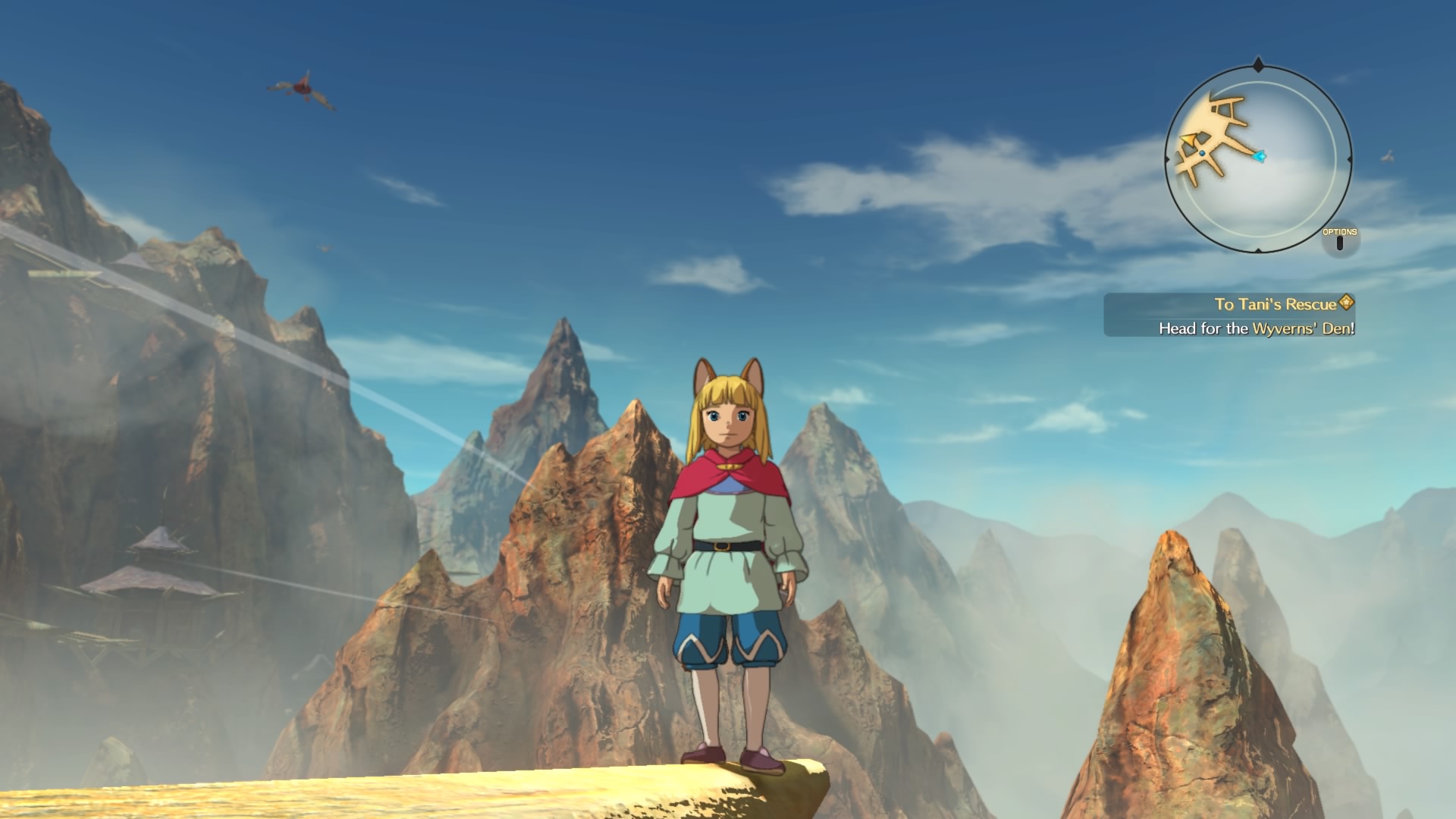
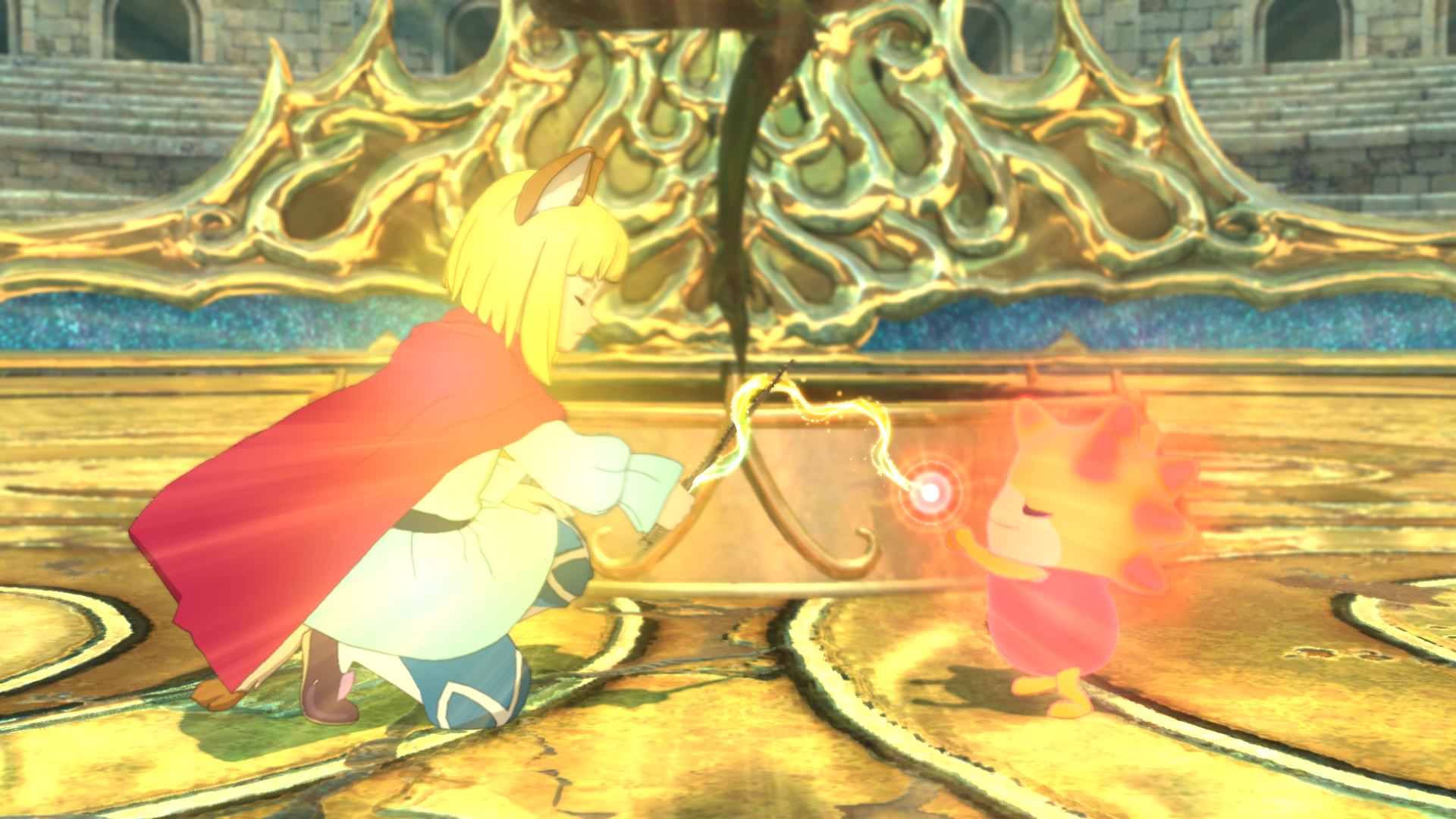
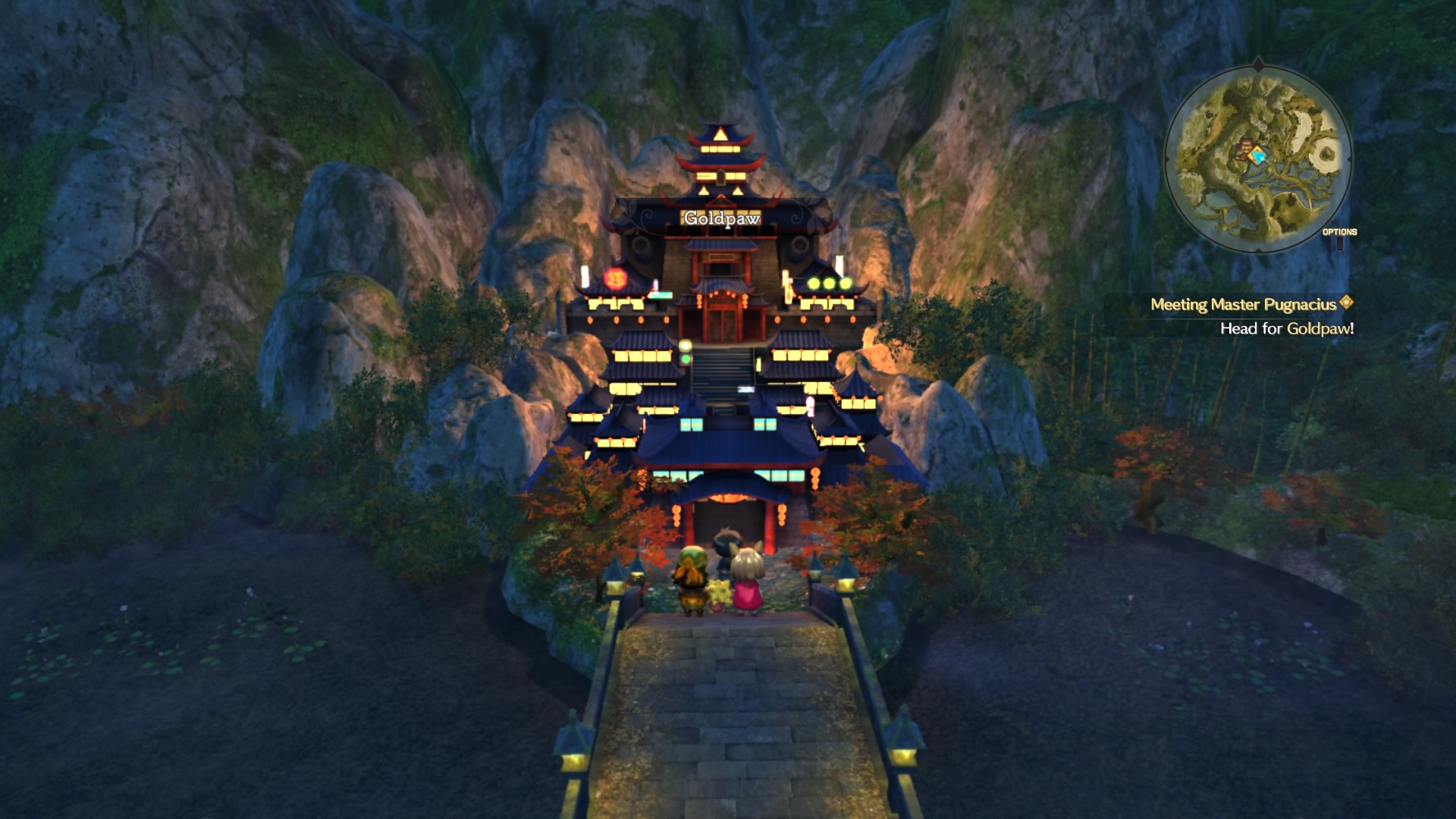
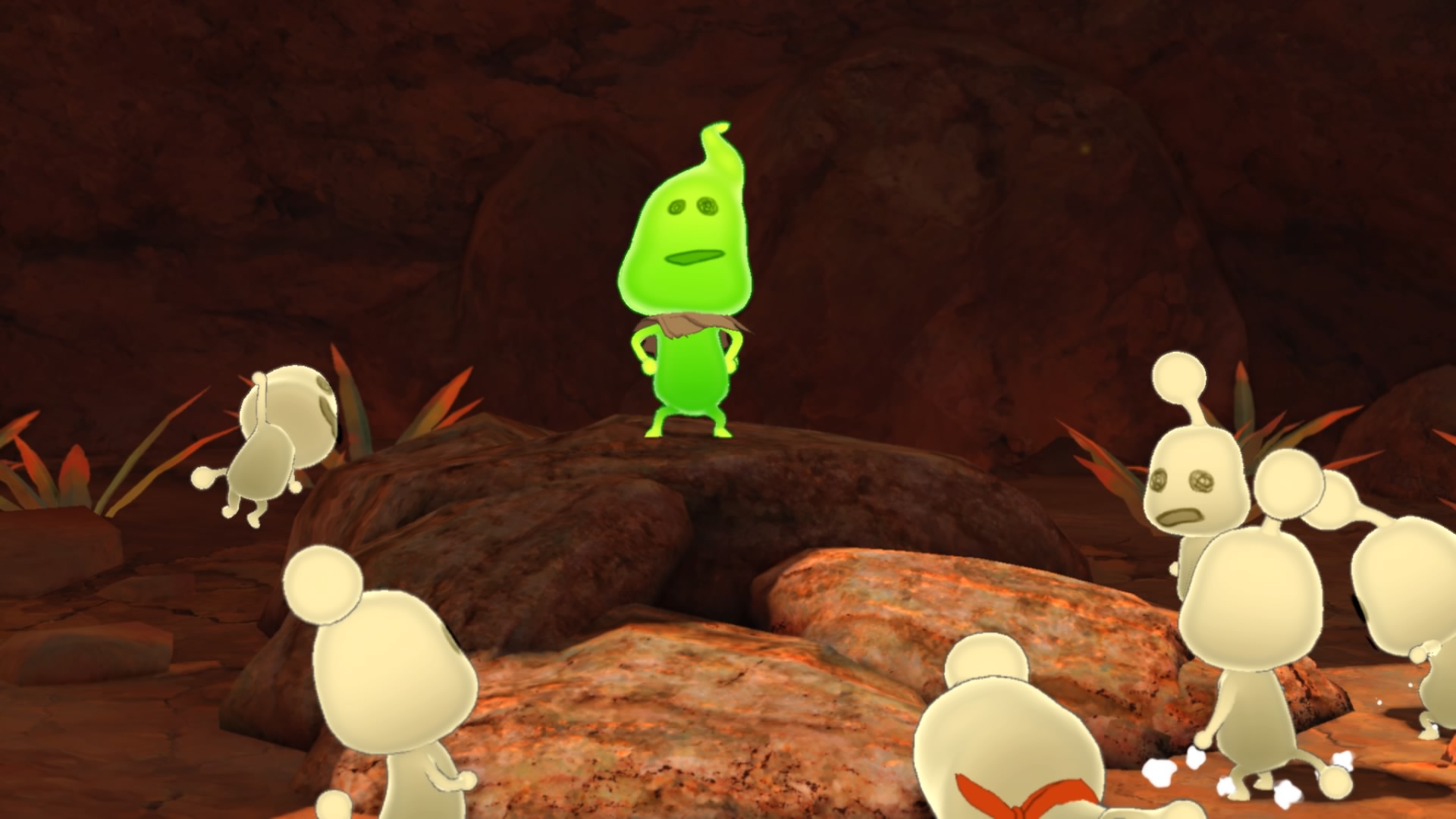
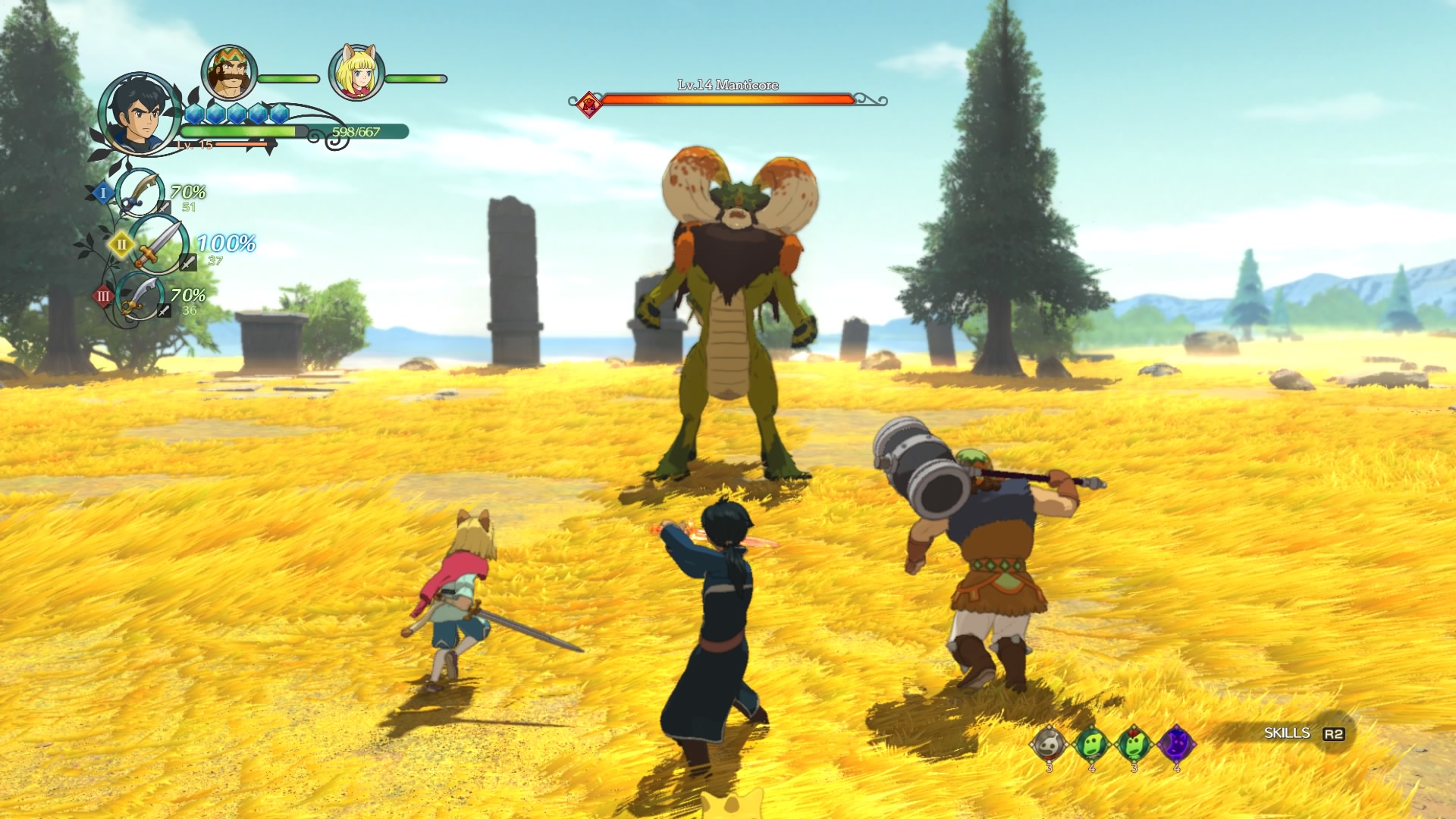



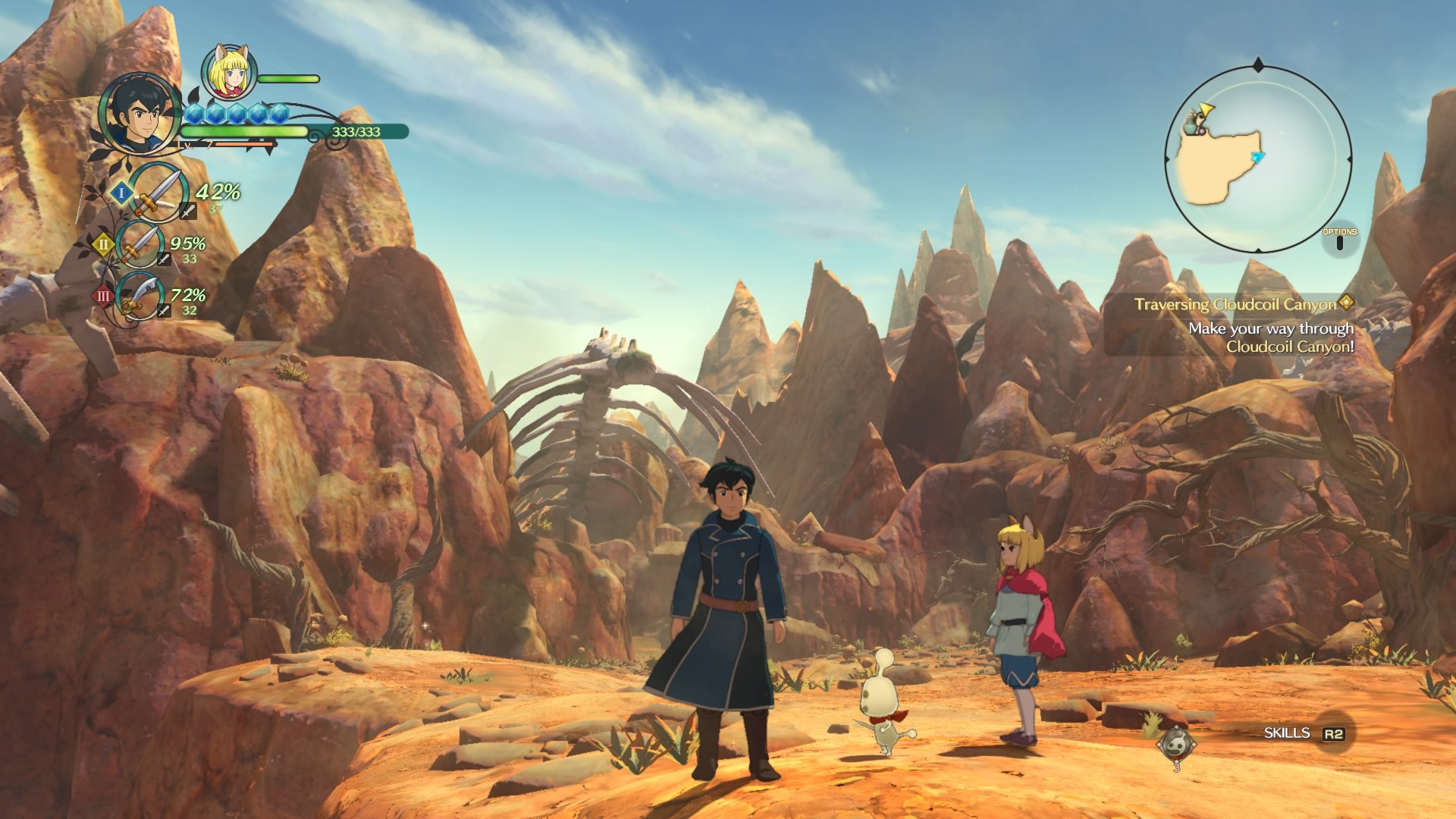

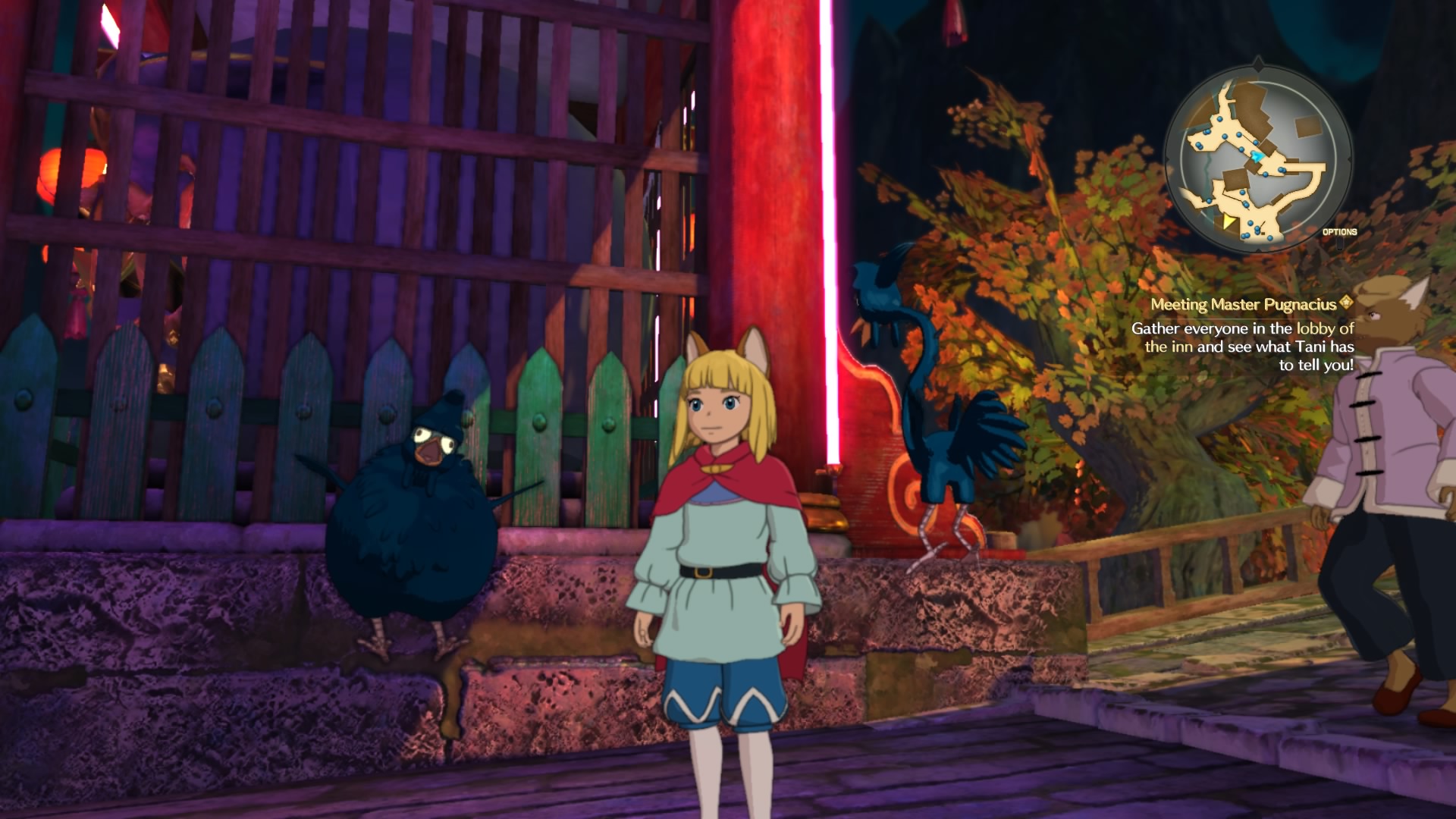





Published: Mar 18, 2018 08:23 pm